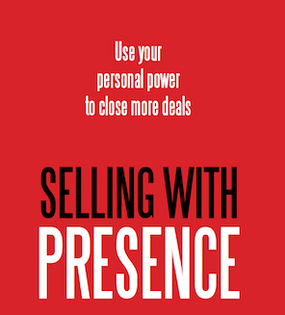Appropriate eye contact can enhance credibility, convey emotional availability, and help you connect with your buyer audience.
Western cultures all have pretty similar norms and expectations about appropriate use of eye contact. Eye contact is considered a fundamental component of in-person social contact. A lack of the right (more on this later) kind of eye contact can be interpreted as a lack of interest, disagreement, or a lack of confidence.

Presenters avoid making eye contact for many reasons, including fear that eye contact will increase nervousness, a lack of preparation or comfort with the content, or wanting to avoid coming on too strong by looking directly at the audience, or just habitually looking away from the audience for reasons of shyness or enculturation. Whatever your reason, and
whether you look up, down, or your eyes dart about the room, not holding eye contact long enough for the buyer to feel connected to you makes you seem less confident, lacking in authority, and therefore less believable. With some practice, this behavior can be easily fixed.
Playing on the saying that “Our eyes are a window into our soul,” I change it slightly and say “our eyes are a window into our internal emotional state”.
A technical solution for presenters who struggle with making eye contact is to have them learn to hold eye contact with the listener for a prescriptive amount of time. This is useful, however, to truly fix the problem of poor eye contact we need to look into the adaptive reasons for not holding an engaging eye contact. For example, I may be making poor eye contact because my anxiety and nervousness increase when I look at another human being whom I want to impress. We are more apt to hold a connective gaze with an individual or group of individuals if we feel a sense of ease and poise. So, if your fight flight mechanism is triggered before the important presentation, focus on calming yourself through breathing or visualization, or whatever works for you, so when the meeting begins you feel present and available to see and be seen by your buyer audience.

